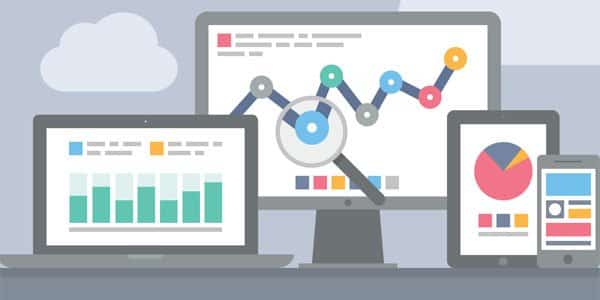Estimated reading time: 3 minutes
Retailers in today’s era have a lot to know about their customers – know their likes, dislikes, what they are likely to buy, what they might avoid, what mode of payment do they prefer, what is their perception about the brand, etc. It’s not as overwhelming as it seems because now is the time for retail analytics to take over. A plethora of information awaits on the other side of this digital world, and there’s plenty of data to work on.
As told by Gartner, retailers cannot compete in digitalized marketplace without involving advanced analytics capabilities. By leveraging this data, retailers can improve their sales as well as customer service considerably. Below are a few features of retail analytics that can help you upscale your business revenue.
- Deal with accurate results
Analytics will always provide you with results that are accurate at all times. This will always let you make the correct decisions and help you create campaigns according to the statistics that you derive. You can get into customers’ minds and influence them for purchasing your products in a right mindset. Analytical data will also help you evaluate your sales profoundly and lets you see a detailed progress report whenever required.
- Assists in supply chain management
Analytics help you verify the demand for certain products during that time. This help in your supply chain management by carefully managing the flow of goods within your organization, as and when required. It always manages the flow of goods in terms of raw materials, inventory, and finished goods, everything from the point of conversion to the point of consumption. Synchronizing industry supply with your consumer demands and measuring performance also becomes considerably easy.
- Manage real-time performance
In-store analytics will provide you the tools for real time business development and helps you take action based on insights you get from your analytics. As your in-store sales get measurable, it becomes easier to engage consumers and make more conversions happen – offline as well as online. Also, making a note of what is in demand based on location, it gets easier to manage distribution with the help of a distribution management system. This system lets you segregate products the right way to all of your retail stores, letting you manage the sales as per demand.
- Manage your staff and avoid understaffing
Analytics let you determine when the demands will rise and drop. This will result in you not being surprised by a crowd with minimal staff to attend to them. This also puts strain on the staff and will result in less job satisfaction for them. The ultimate goal is not just to boost sales but also to look after the staff and consider their opinions as well. Managing an overflow of consumers will ensure that your staff has a backup when they require. Also, it affects brand reputation when customers do not get the assistance they need on time. Thus, analytics will help you foresee such occurrences and you will be at ease.
Share this content:



